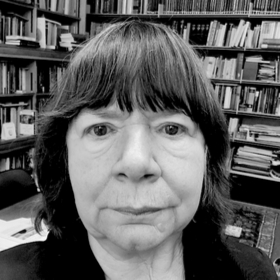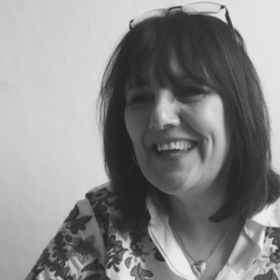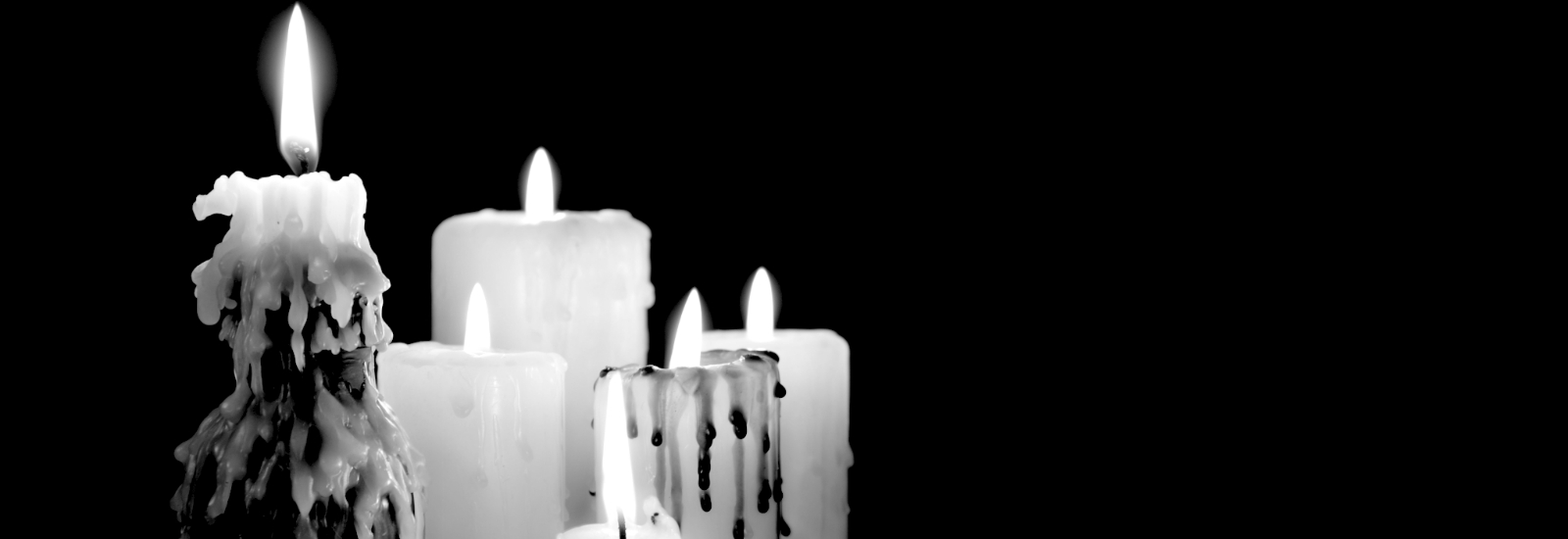In celebration of Halloween, we decided to ask the Department of History to share some Halloween history with us, as well as some traditions from within their own department.
CONNECTED caught up with Professor Anne Lawrence and Dr Jacqui Turner from the University of Reading’s Department of History, who shared with us some lessons in Halloween history. From the origin story behind the name Halloween, to medieval traditions, to the modern tradition of pumpkin carving and its “exotic” roots.
All Hallows’ Eve
 Professor Lawrence, who specialises in Medieval History – with a particular focus on medieval magic, science and medicine – shared with us some historical beliefs around the day and where the name “Halloween” derived from.
Professor Lawrence, who specialises in Medieval History – with a particular focus on medieval magic, science and medicine – shared with us some historical beliefs around the day and where the name “Halloween” derived from.
She said: “The name Halloween itself is simply a contraction of All Hallows’ Eve. This derives from the fact that Halloween is the evening and night before the Christian festival of All Hallows, or All Saints. That festival was placed on 1 November from the eighth century onwards, which focused on the relics of the saintly dead, and on the spiritual power of the saints in heaven – and therefore Halloween fell on 31 October.”
Professor Lawrence explained that Halloween as a “spooky season” goes back as far as the middle ages. She said:
“From the early middle ages there were fears that ghosts and spirits were able to return to earth and do harm to people, animals and crops, at special times – and at Halloween in particular. This made the lighting of fires and candles, and the protective ringing of church bells, important on this night.
“Gifts of food were also offered, either directly to the souls of the dead or as alms in exchange for prayers. By the sixteenth century an additional supernatural threat had been added to the perils of the night, as growing fears about witches led to beliefs that they were especially powerful and likely to cause harm on that night.”
And Reading has its own part to play in the history of Halloween. Professor Lawrence explained: “What links Reading Abbey more directly to the history of Halloween is its role in introducing the ‘new’ feast of All Souls into 12th century England. This feast was created by St Odilo, abbot of Cluny, the great French monastery to which Reading was linked.
“It was celebrated on 2 November and called upon the living to gather and pray for the souls of all the dead, to save them from the power of the Devil. This put the living and the dead into a powerful relationship with one another – especially as All Souls took place the day after the feast of All Saints.”
Now one of Reading’s most historical sites, the Abbey Ruins was once a pivotal part of medieval England. Professor Lawrence said:
“Reading Abbey’s royal connections gave it considerable influence in medieval England, and we know from its surviving service books that it celebrated the new, joint commemoration of All Saints and All Souls with great ceremony.
“Visitors were allowed into the Abbey church, as well as into the church of St Laurence at the gate, at such special times. The event was marked by the ringing of bells and the lighting of special candles, including in night-time services.”
While trick-or-treating, dressing up and even pumpkin carving are now common activities by adults and children alike across the Halloween period, Professor Lawrence reminded us that historically Halloween was seen as a sacred night by many.
She explained: “There are no records of lanterns made from turnips or pumpkins being used in medieval churches. But even so, special contacts with the dead, feasting, the lighting-up of the night, and communal protection against supernatural dangers all remained important activities at this time.
“If you do go out trick-or-treating on Halloween, spare a moment to think about the medieval origins of these ideas.”
The original ‘Jack-o-lantern’
“The boys go about the village with turnip lanterns, which they make themselves, doing all kinds of mischief.” (Anon 1897)
 Dr Jacqui Turner – Associate Professor and specialist in 19th and early 20th century history with a focus on political culture, gender, feminism and working-class politics – shared with us the roots of why we carve faces in vegetables and what pumpkins meant to those growing up in the North of England in the 1970s.
Dr Jacqui Turner – Associate Professor and specialist in 19th and early 20th century history with a focus on political culture, gender, feminism and working-class politics – shared with us the roots of why we carve faces in vegetables and what pumpkins meant to those growing up in the North of England in the 1970s.
She said: “For someone brought up in the North West in the 1970s, large, bright, orange pumpkins at Halloween were an exotic thing; something American and expensive, something we might expect to see being unloaded at Liverpool Docks.
“Pumpkins were not for us in my family, nor many across the UK – our tradition was a turnip lantern. Turnips were small and cheap to buy, but brutal to carve.
“While online you find images of some very professionally carved turnips, in reality a kitchen knife and a large spoon produced something more fundamental which was more often hanging on a grubby piece of string to be carried around!”
Although our pumpkin carving tradition does not reach as far back as the medieval period, it does have some roots.
Dr Turner explained: “Carving of turnips predates the mid-20th century by some way. The Victorians carved not just turnips but other vegetables too. They were left on the doorstep, but not to indicate that this was a ‘trick-or-treat’ stop – but to ward off evil spirits.
“After All Hallows’ Eve, you would often find the turnip lanterns relocated around farmers’ fields protecting slumbering crops.
“The tradition originated in folklore, a tale of the unfortunate Jack, who roamed the neighbourhood with a only piece of burning coal inside a hollow turnip for light – the original ‘Jack-o’-lantern’.”
Facts, quotes and information for this article were kindly shared with us by the Department of History at the University of the Reading – read their original blog post here.
What was your Halloween like as a child? Did you have any traditions that you still do today? If you want to share your memories with us, please email us at: alumni@reading.ac.uk.




